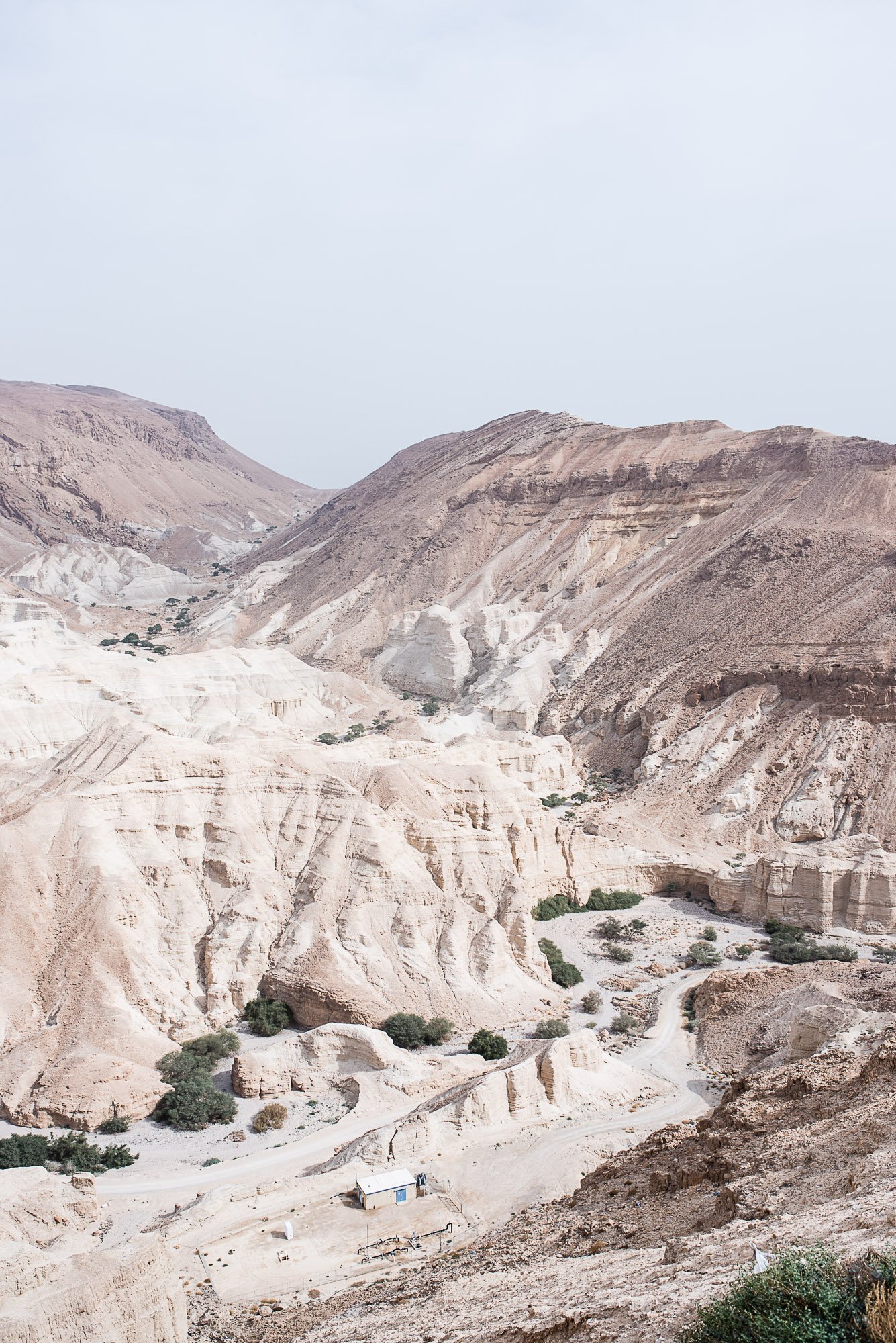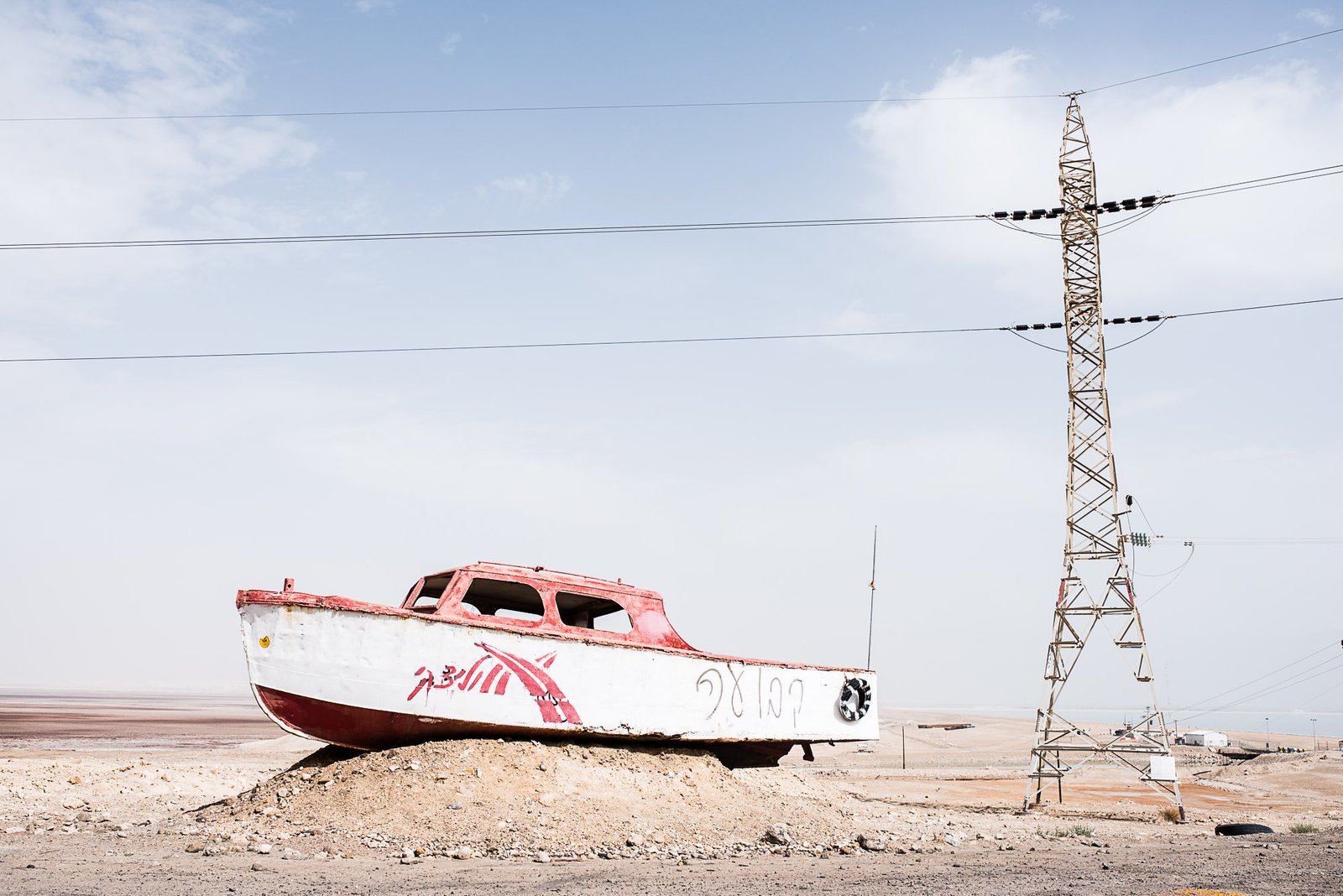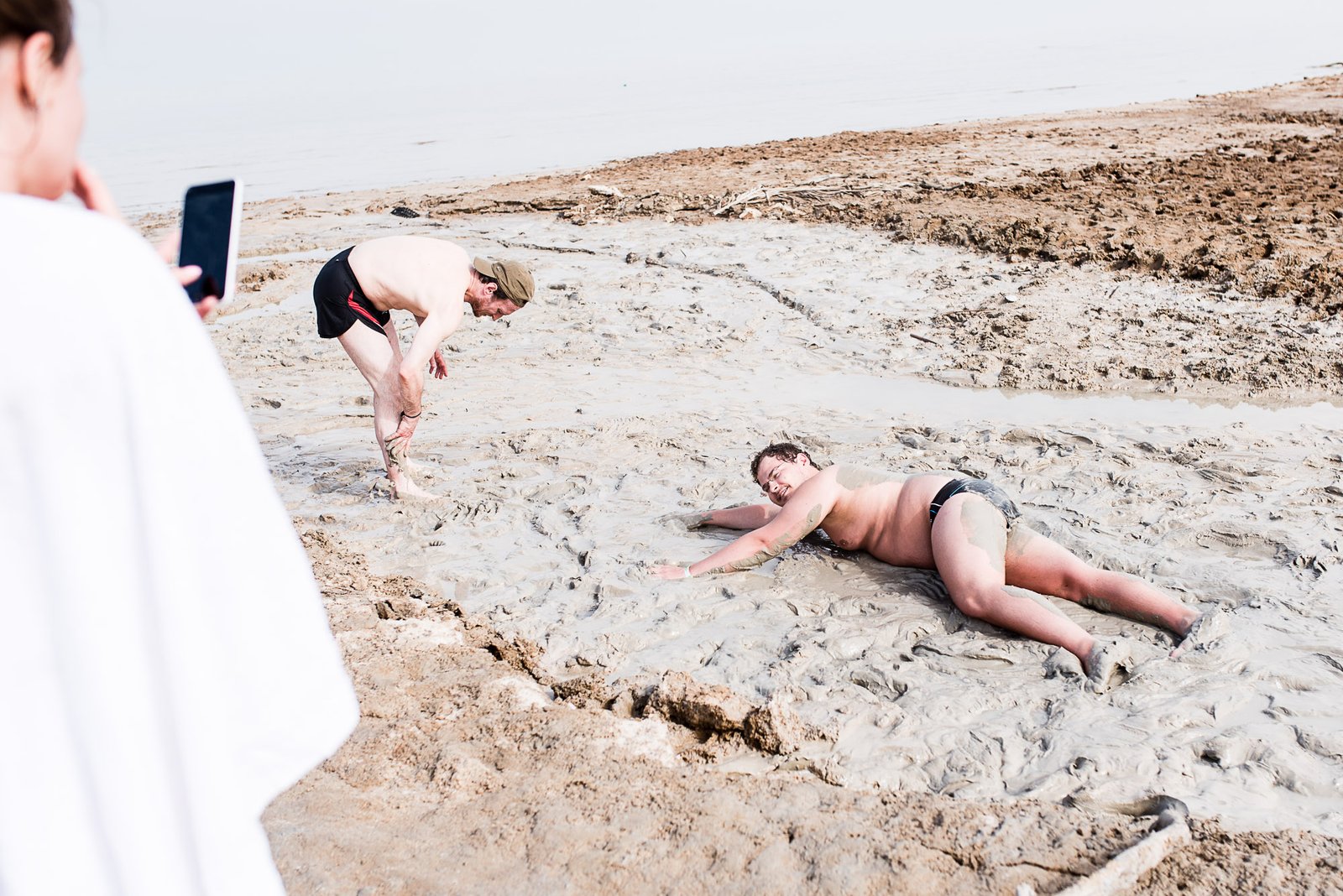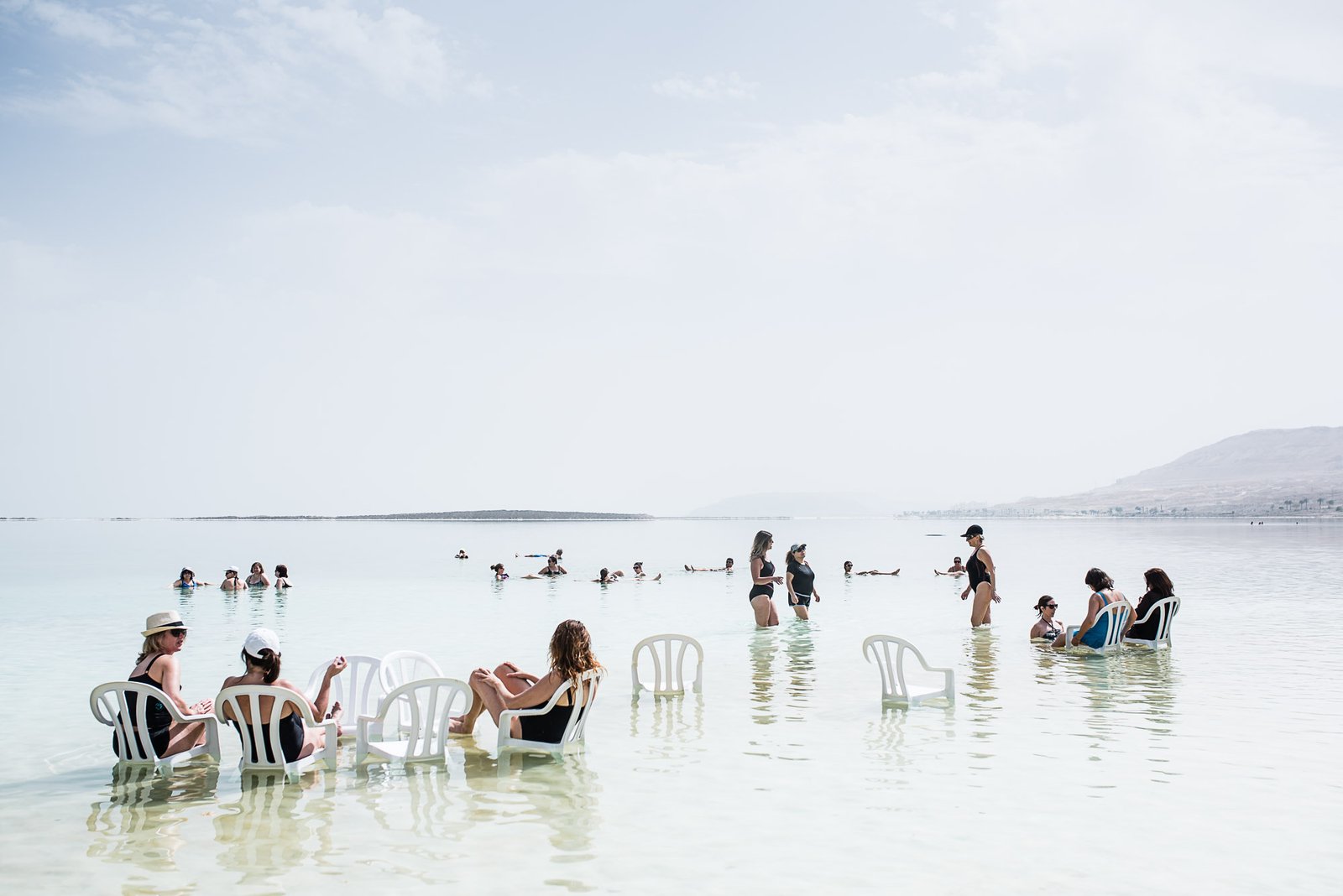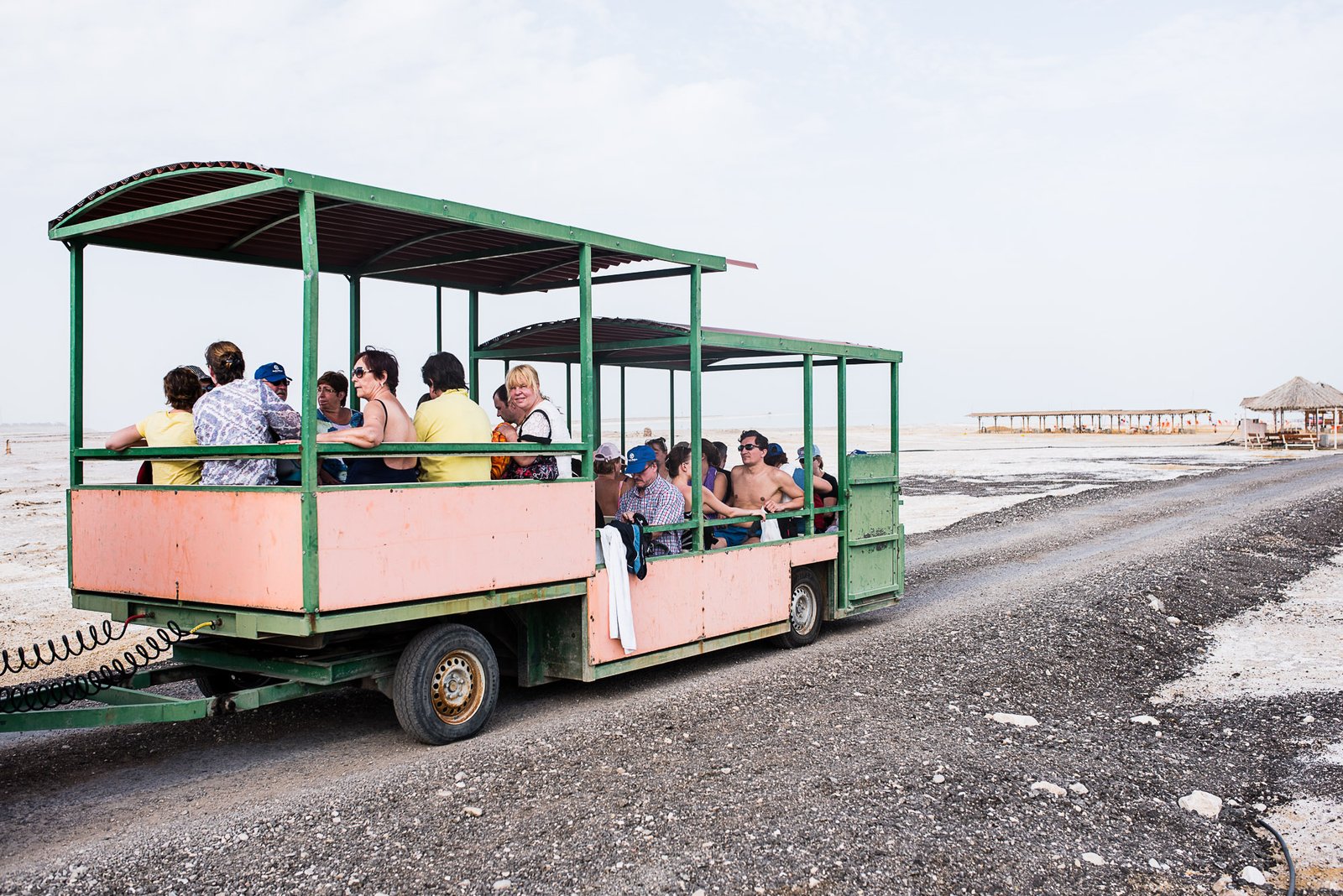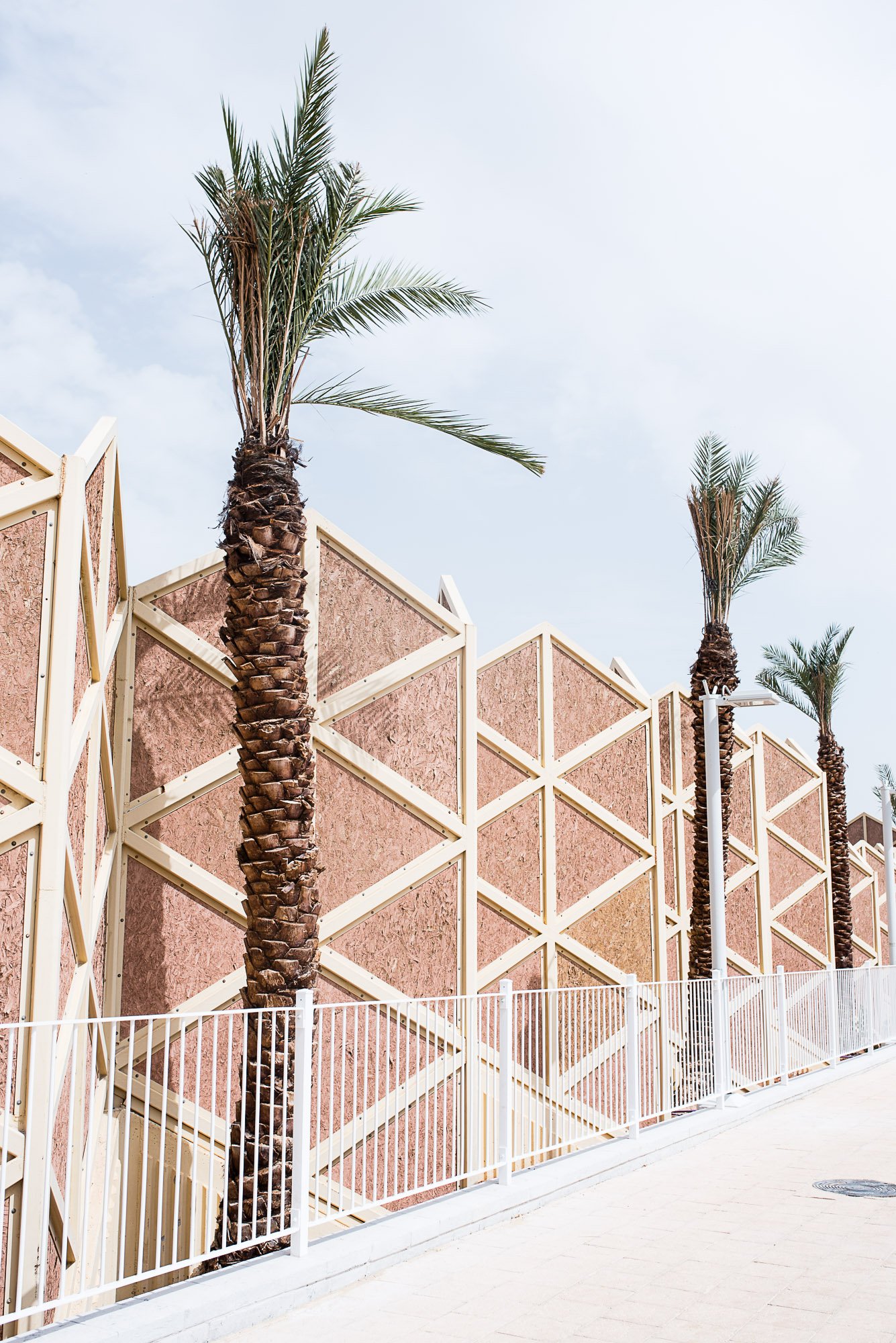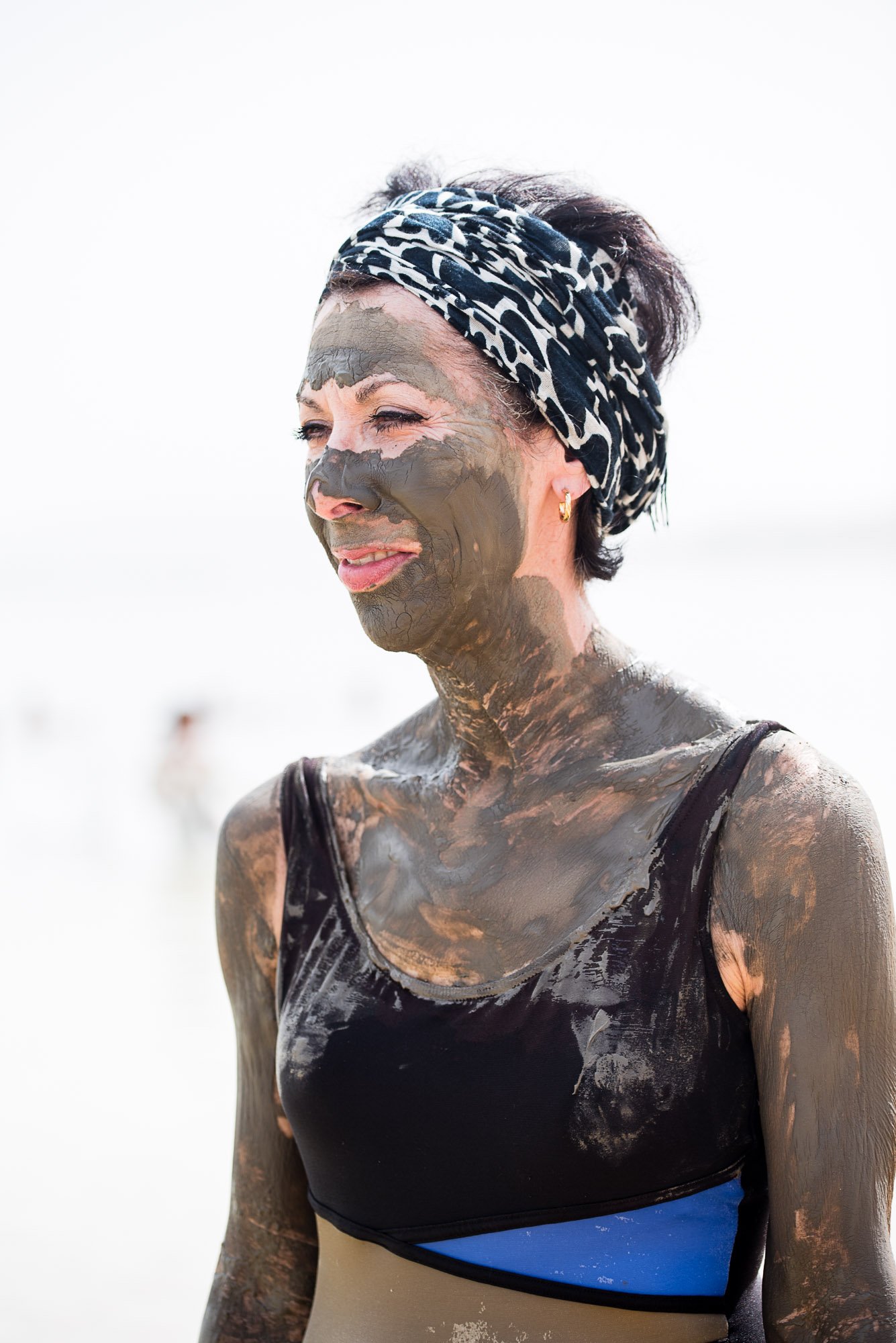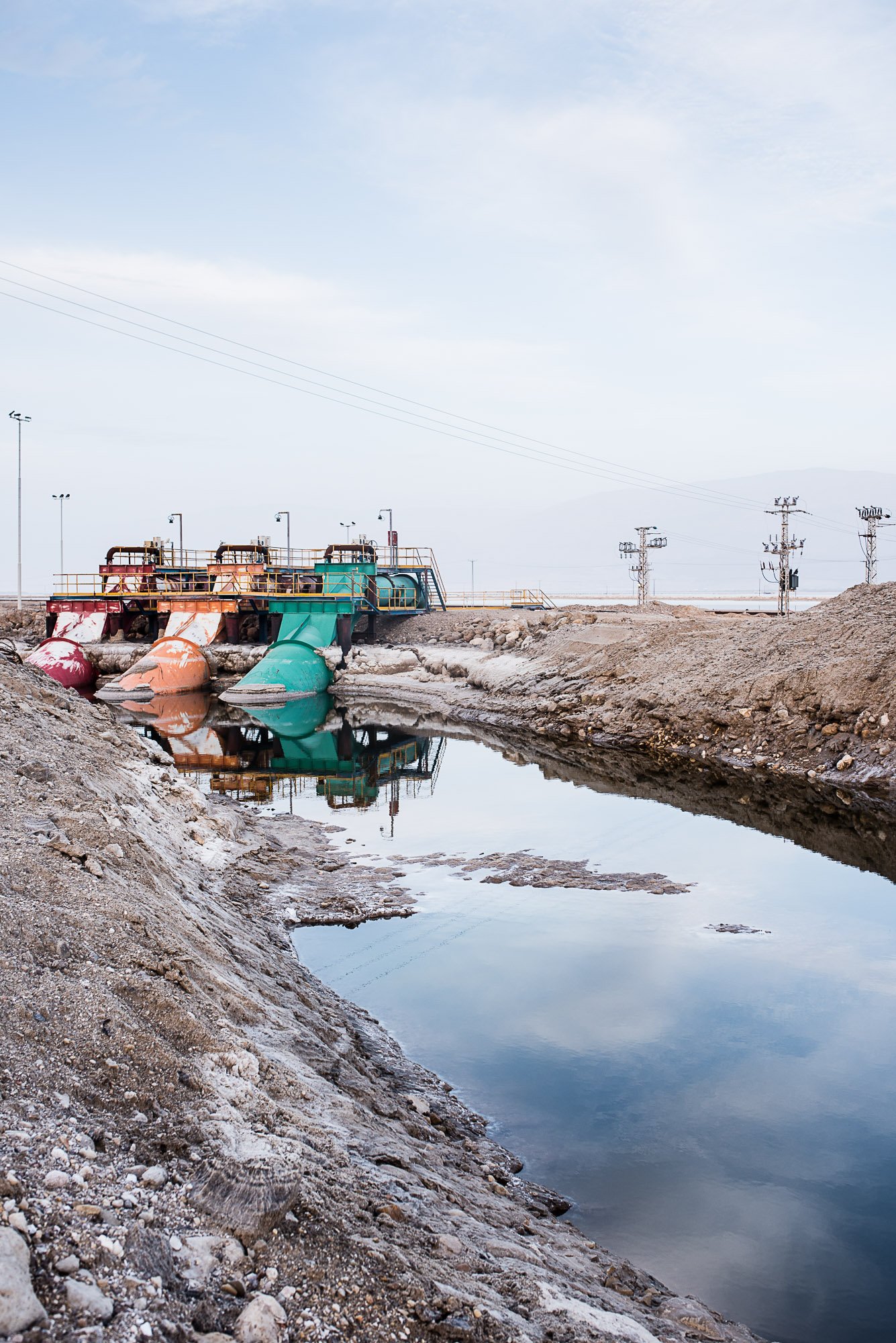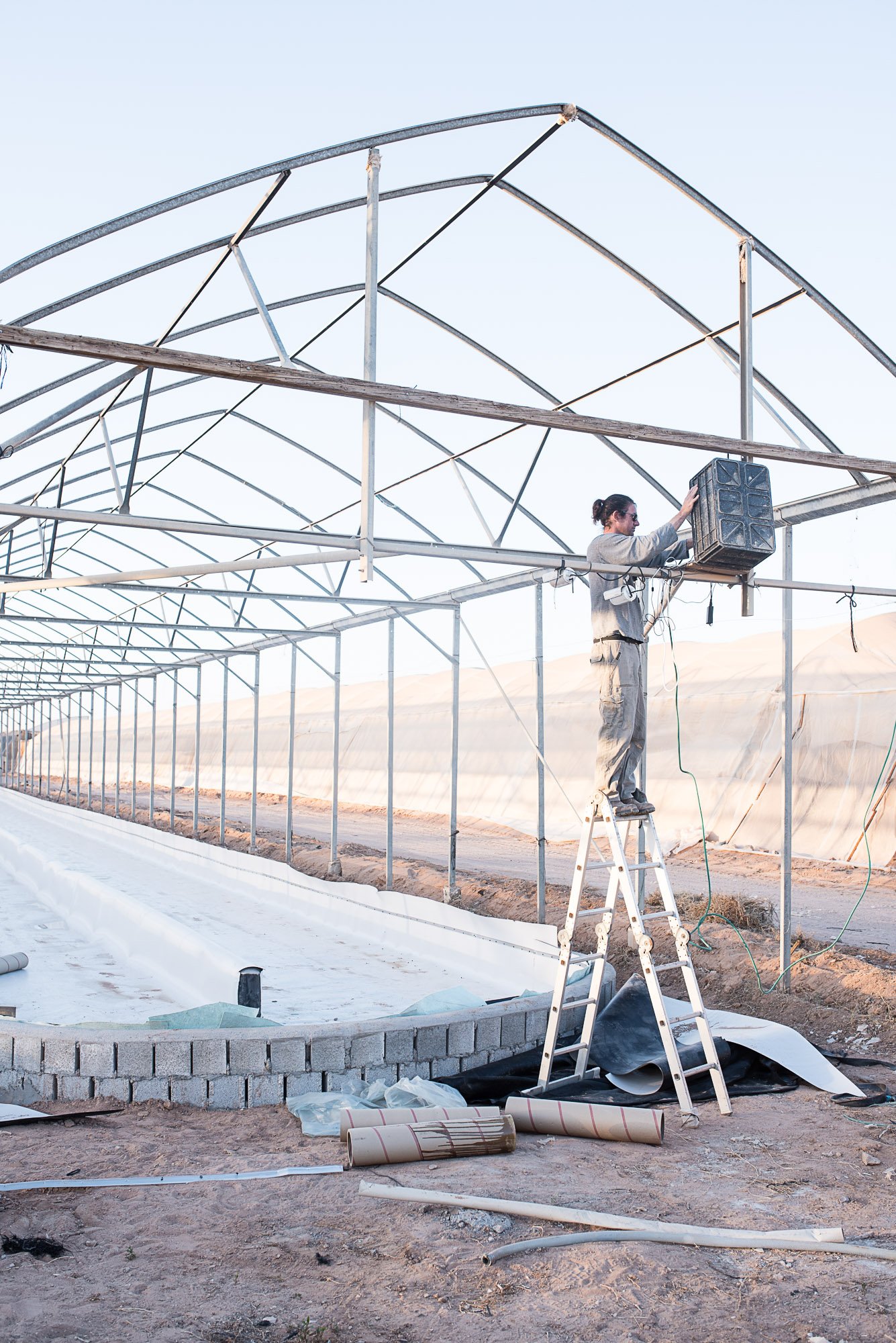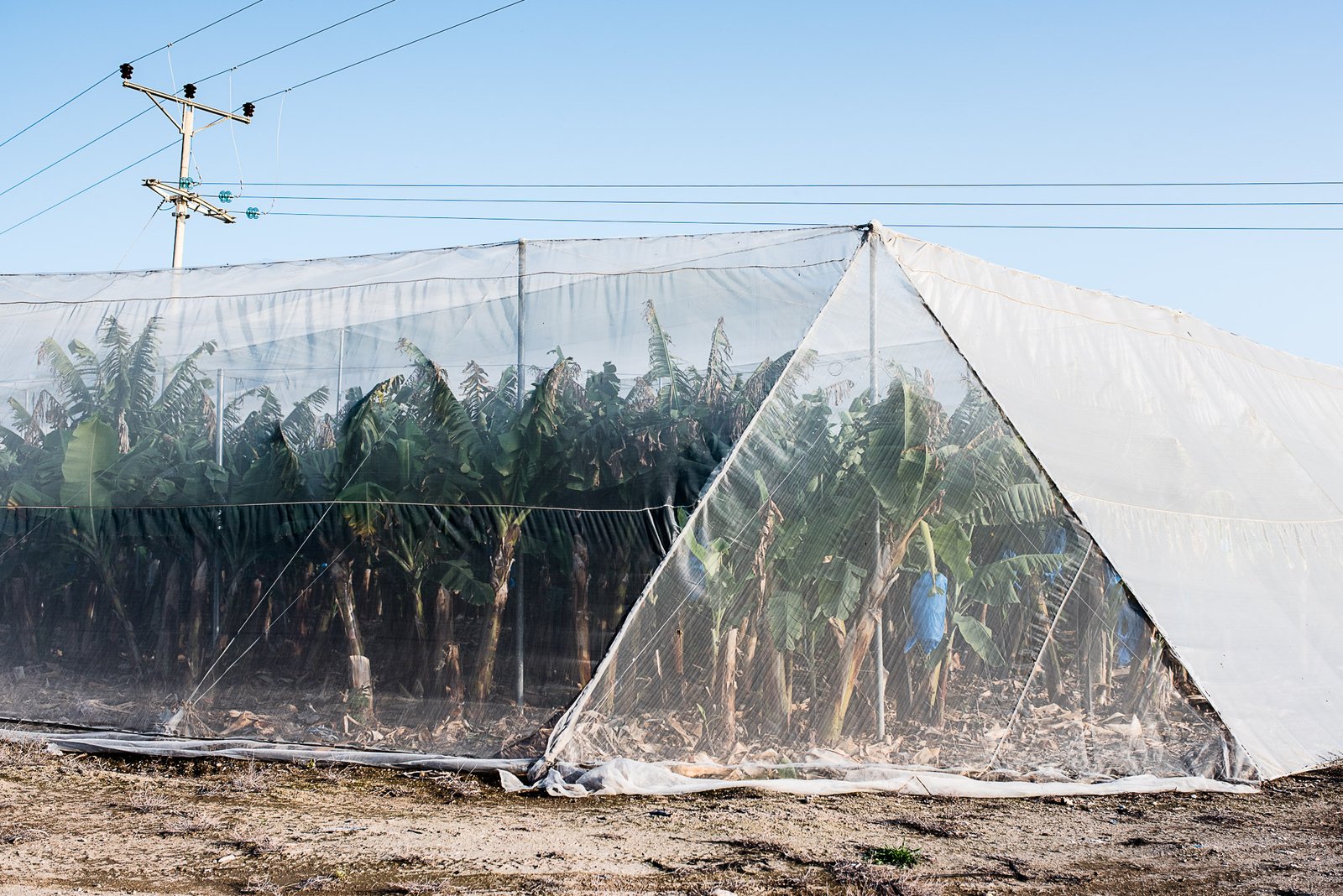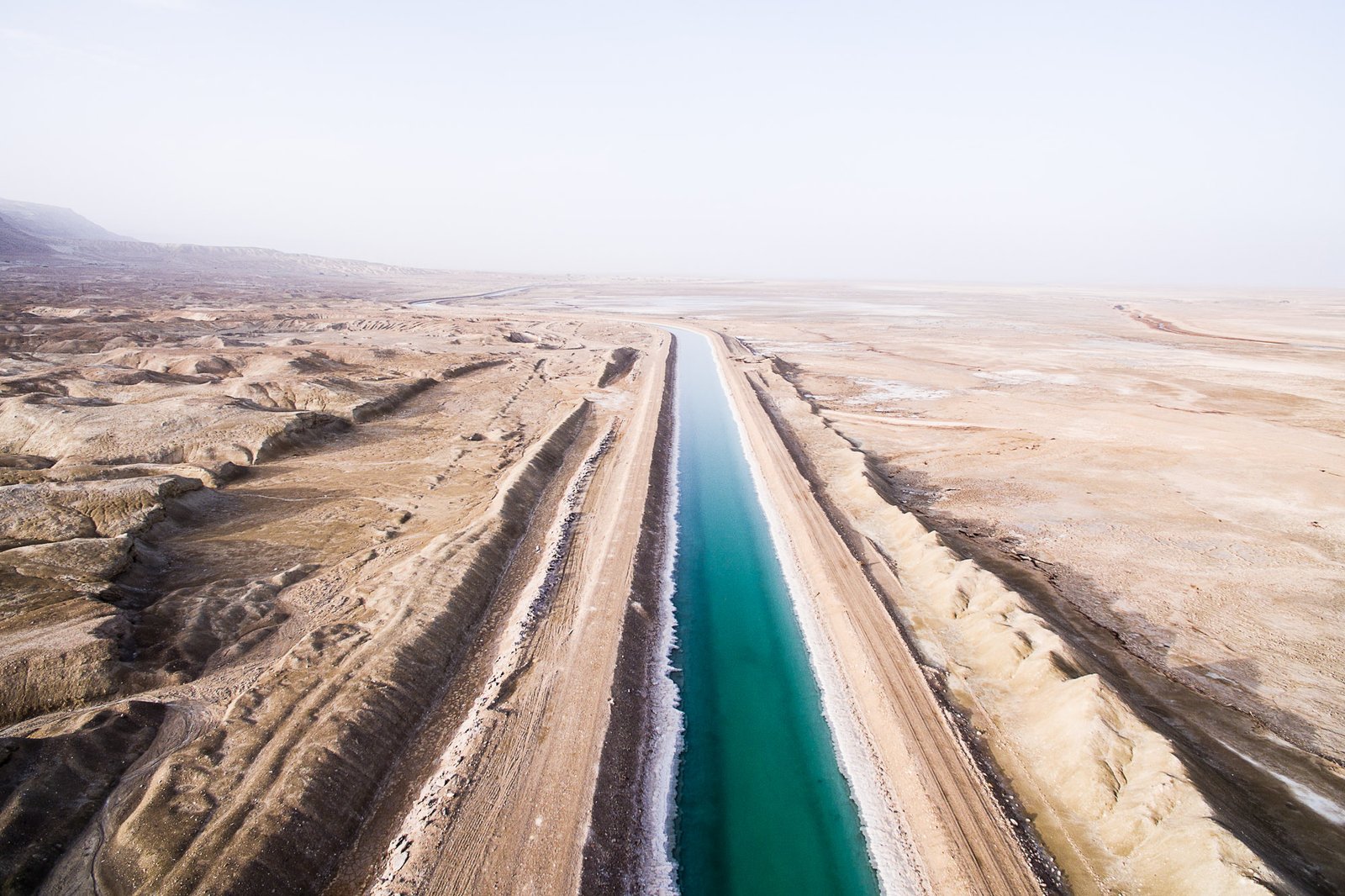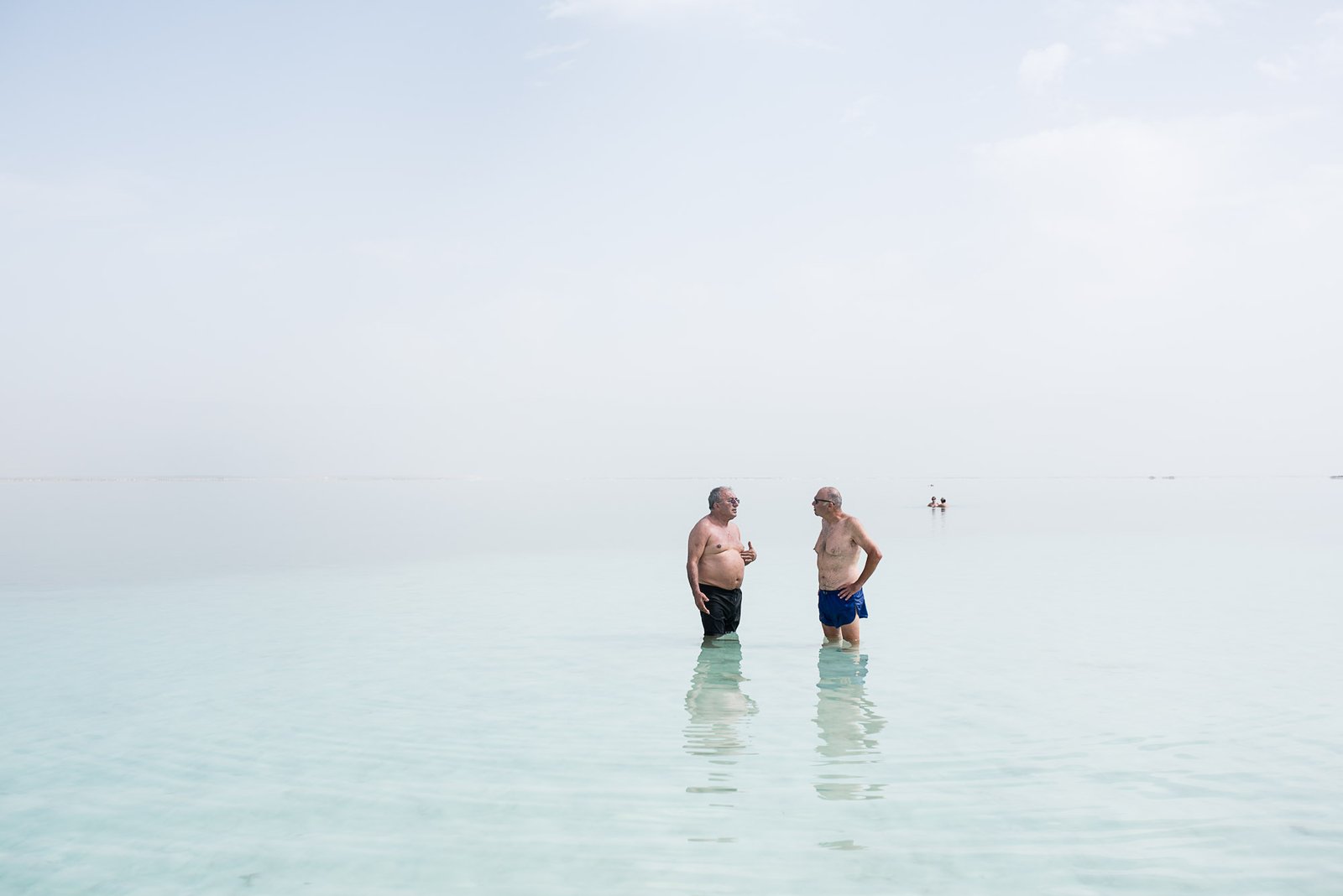Moritz Küstner never planned on becoming a photographer, deciding to study Photojournalism and Documentary Photography at the University of Applied Sciences and Arts Hannover, Germany, Küstner’s thoughts changed, “I spent one year at the Danish school of media and journalism in Arhus. In this time, I got the feeling that my pictures can really move people. This feeling, depending on the words and thoughts of people viewing my pictures, is very important for me as a photographer, because I never take pictures only for myself. I take them to tell stories to inform people about things they might have never known before and stories to touch people. Now it is my passion to find visuals that explain, illustrate and enhance stories.” In the feature, we take a look at Küstner’s on his ongoing series ‘The Dying Dead Sea’.
En Gedi Spa is a wellness resort, opening 30 years ago, the guests could swim and relax in the salty water of the Dead Sea. Today a small train reaches the coastline that lies 1.5km away from the changing rooms. With the level of water declining by 1m every year the unique ecosystem of the Dead Sea falls into severe danger. In this series, Küstner discusses the issues that surround the Dead Sea. Sinkholes on the shore, a consequence of the overuse from the Jordan River, a rapidly growing agriculture consuming vast amounts of water and the one million Syrian refugees, that have fled Jordan meaning an increased demand for fresh water. Küstner’s explains, “To save the Dead Sea and produce water for Jordan, Jordan and Israel are working on a huge infrastructural project to transport water from the Red Sea to the Dead Sea – through the middle of the desert. The project carries an estimated cost of ten billion dollars and is supposed to produce hydropower to run a desalination facility, which provides Jordan with water and the left salt water could fill the Dead Sea. Environmentalists see this plan critical, because of the impacts it could have on the fragile ecosystem from both, the Red and the Dead Sea”.
In a conversation with Küstner, we asked his personal views on photographing a topic like this and why it is important to document this topic, and what experiences he had whilst there. “For me, the most interesting point on the story of the dying dead sea is, that I can show a regional conflict and a political and ecological topic in different pictures than the media normally provide. My story is about water as a rare resource and about a very old and very special place that radically changes. This alone can be interesting and important to photograph. But the story includes so much more: Water has always been a fighting point between Palestine, Israel and Jordan. The political struggle in the region became visible in the falling water level of the Dead Sea.” – “When I spent time at the dead sea I got to know the two contrary sides of this place. On the one hand, I’ve never seen a place that is more beautiful, more calm and fascinating. On the other hand, I had the feeling, this point on earth is an unfriendly environment for all living creatures. There are no animals living inside or around the water and people can hardly stay or live there. The Water of the Dead Sea is not tasting like salty water anymore. It’s just tasting toxic. And also the air is so salty that you must protect yourself from drying out just by spending too much time at this place.

